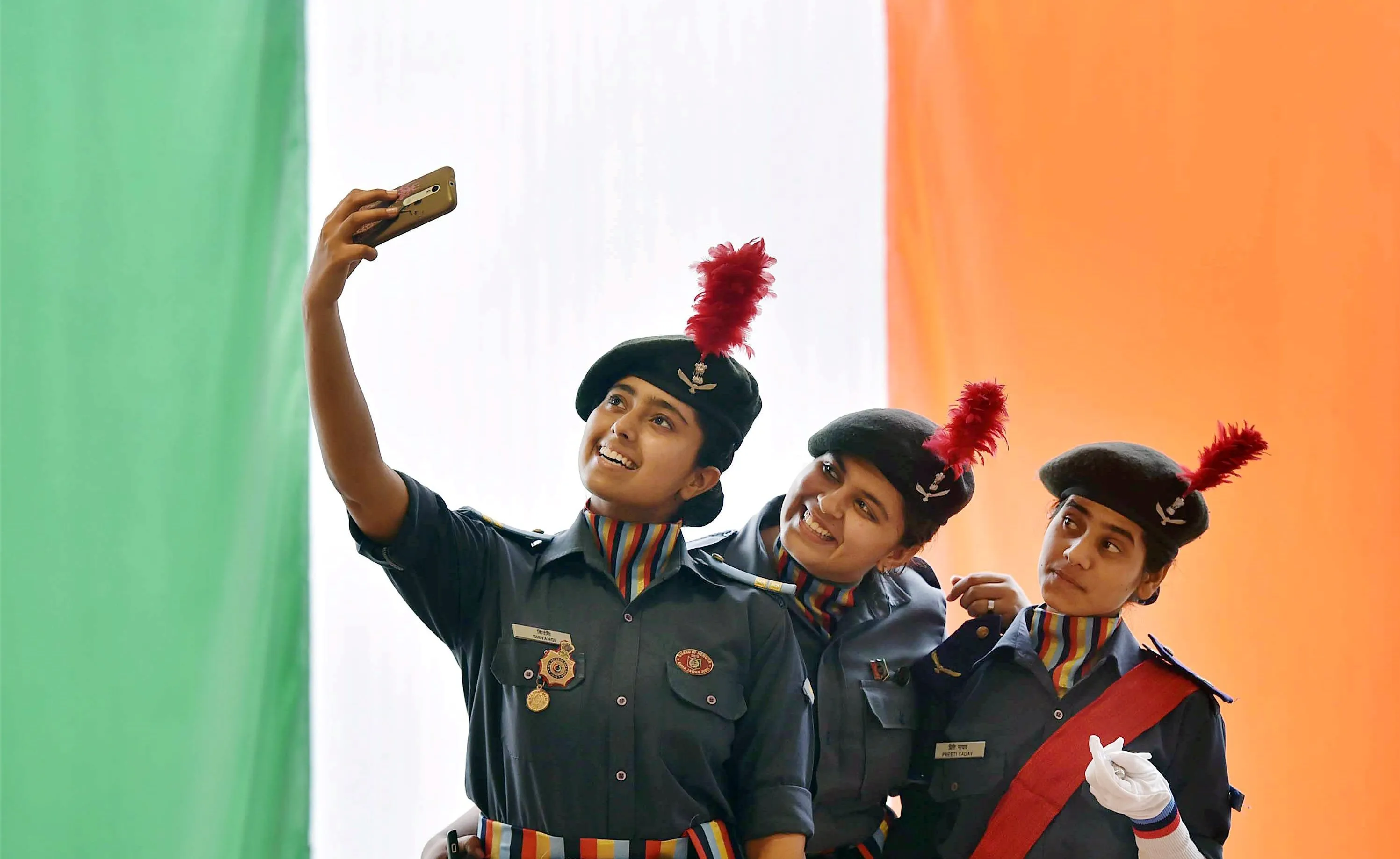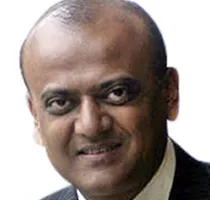A few weeks ago, Akash Jain, a young entrepreneur from Bengaluru, tweeted the Swachh Bharat logo printed on his sister's wedding card and became the toast of mainstream media.
Jain's was just one of 300,000 new tweets published in every minute; he has 25,000 follows, one being our PM's personal handle. Is Akash Jain news? If so, is he now any less influential than a mainstream media person?
Some would dispute Jain case to be called a proper influencer; but there's no denying that digital is fast changing the balance of power, giving ordinary citizenry a 'media' to call their own.
On 3 May 2017, which is also World Press Freedom Day the Prime Minister made a very nuanced observation when he tweeted, "In today's day & age, social media has emerged as an active medium of engagement & has added more vigour to press freedom." On the same day, replying to who tweeted to him, "Absolutely sir, social media also gave a platform to many people who have interest in journalism and writing but didn't get opportunities." The Prime Minister wrote: "Fair point. I have seen many budding writers on social media."
< style="color: #000000">He was making important points that are the reality of today's India, which the Prime Minister says is the New India. New means of communication have empowered citizens to directly reach out, engage, deliberate and even argue.
An informed and connected public is the bedrock of New India. Digital is their mainstream, the lava of expectation flowing even into the voting booth.
How can India consolidate these 1-2 billion voices globally, making the idea of India even more influential in the brave new world? Safe to say, beyond the sun rising in the east — mainstream media won't fix this.
Editors of newspapers and TV channels have had a simplistic answer. "If the 'Indian viewpoint' has to go any further," I have heard media editors demand, "the creation of an 'Indian' Al Jazeera — or a China TV and Russia TV is a necessary step." Some policy czars have been sympathetic. After all, television has been the dominant medium during their own professional ascendant of the last 25 years.
Who will do an Indian Al Jazeera remains the next question, because private TV channels don't have that kind of money to burn.
The monkey is often placed on Doordarshan's shoulder, which would neither be practical nor desirable.
A cut-copy-paste inspiration of the Qatari, Chinese or Russian state-run TV ignores the humungous costs to their taxpayer in downlinking, manning and marketing these monoliths.
Instead, led as we are by the most effective world leader in social media, how about an asset-light, #NewIndiacommunication mission, as a home-grown example of our own. Half a decade of chasing clicks has made digital homepages of even established players look like a slot machine. Populating a WordPress page is not the same as meeting audiences where they are. Going a step further, talking at people is a rusty old ploy. It's when we empower people to reach out and share their point of view that conversations happen. That's not happening on linear TV, but it’s playing to full houses on our smartphones.
Some data hot off the press: "India is a $250 billion digital volcano, dormant no more" reads the latest Boston Consulting Group Report. We are already number two in the world in terms of mobile internet users with ~391 million users; and high-speed internet adoption is already at ~56 percent. This is set to reach ~550 million users, ~85% of the total mobile internet users.
In this light, one must take note of the personal efforts of the Prime Minister to turn the Digital India dream into a reality.
And he has led by example. The PM has leveraged new and innovative means of communication personally, politically and in the realm of policy. This is being seen through the push for optical fibre network, more internet connectivity and more technology in government offices.
It is also seen through the spread of the 'Narendra Modi Mobile App' which presents an ideal fusion of policy and politics, of connectivity and creativity. On one hand there is the dissemination of news and views. On the other hand the Prime Minister is directly going to the people, seeking their ideas and inputs on a wide range of issues.
As BCG predicts, time spent online will increase by 3-4 times driven by increased high speed internet adoption. Average data consumption is projected to become 10-14x at ~7-10 GB/user per month. India's internet economy is expected to double from $125 billion to $250 billion, growing from the current ~5% to ~7.5% of our GDP. Said in another way, from mere leap frogging, the pipe is long enough to pole vault into a new orbit of soft power.
To harness, three cryptic propositions:
Uberise communication
Rather than only create content of our own and reinvent the wheel, can we, like Uber the taxi aggregator that neither owns the cars nor employs drivers, set our sights on creating a #NewIndia digital platform, residing within, say, the NaMo app, a landing point for curated user-generated content (UGC), not just on India, but her growing interests.
Engage with digital citizenry residing in leading countries to use #NewIndia.
Illustratively, the NaMo app can add to English and Indian languages, and encourage conversations in French, Spanish, Arabic and Chinese too. I am told that effort is on in a big way, which is a good sign.
Trust the increasingly digital-savvy citizen.
Our editors and journalists may be apprehensive about placing user-generated content from common citizenry on, say, the prestigious NaMo app or, say, 'a Facebook page for India.' Here, the app itself is the best rebuttal for naysayers. Citizen feedback consistently finds its way back into the PM's podcasts and, in fact, allows the app and the persona to merge. It’s when we don’t have user generated content that doppleganger versions of people and products surface.
All of these will bring citizens closer to governments and make governance truly more participative. The Prime Minister has led from the front and made a good beginning.
Afforded a platform, armed no doubt with adequate safeguards, the #NewIndia is a powerful story to share with the world. The strategy for this is in knowing what not to do. Let's manage the digital volcano. 2017 is the year of the user — a good time to pole vault, exponentially.
The author is Distinguished Fellow at Observer Research Foundation.
This commentary originally appeared in Narendramodi.in.
The views expressed above belong to the author(s). ORF research and analyses now available on Telegram! Click here to access our curated content — blogs, longforms and interviews.




 PREV
PREV


